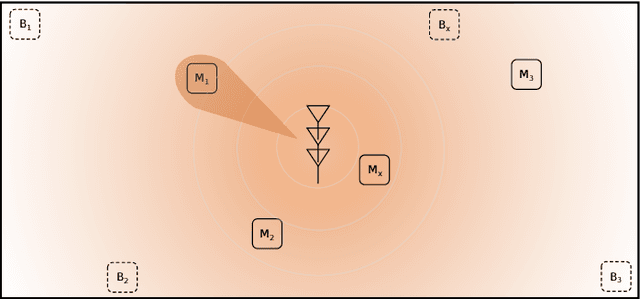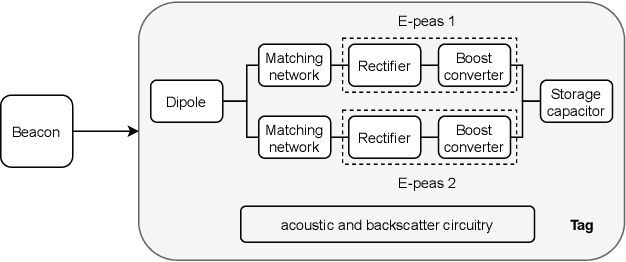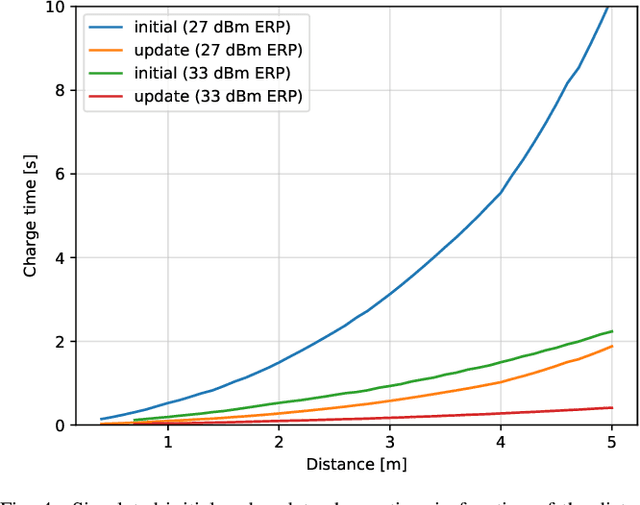Chesney Buyle
An Acoustic Simulation Framework to Support Indoor Positioning and Data Driven Signal Processing Assessments
May 04, 2023Abstract:We present an indoor acoustic simulation framework that supports both ultrasonic and audible signaling. The framework opens the opportunity for fast indoor acoustic data generation and positioning development. The improved Pyroomacoustics-based physical model includes both an image-source model (ISM) and ray tracing method to simulate acoustic signaling in geometric spaces that extend typical shoe-box rooms. Moreover, it offers the convenience to facilitate multiple speakers and microphones with different directivity patterns. In addition to temperature and air absorption, the room reverberation is taken into account characterized by the RT60 value or the combination of building materials. Additional noise sources can be added by means of post processing and/or extra speakers. Indoor positioning methods assessed in simulation are compared with real measurements in a testbed, called 'Techtile'. This analysis confirms that the simulation results are close to the measurements and form a realistic representation of the reality. The simulation framework is constructed in a modular way, and parts can be replaced or modified to support different application domains. The code is made available open source.
A Multi-band Solution for Interacting with Energy-Neutral Devices
Dec 16, 2021



Abstract:RF Wireless Power Transfer (WPT) emerges as a technology for charging autonomous devices, enabling simultaneous power and information transfer. However, with increasing distance, single-input, single-channel rectenna systems are not able to meet the power requirements of large scale IoT applications. In this paper, we tackle this problem on two levels. First, we minimize the energy consumption at the energy-constrained device on three levels. Second, we evolve to a dual-band solution increasing RF WPT. One frequency band is used to provide a base charge to many nodes in a shared transmission. Beam steering, on the other hand, allows for more power hungry operations while introducing as minimal interference as possible. We showcase this method for a hybrid RF-acoustic positioning system. Practical measurements conducted in a multi-antenna indoor testbed (Techtile) show the additional power gain and positioning rate.
 Add to Chrome
Add to Chrome Add to Firefox
Add to Firefox Add to Edge
Add to Edge